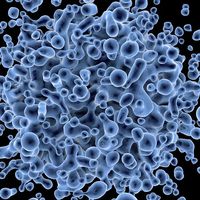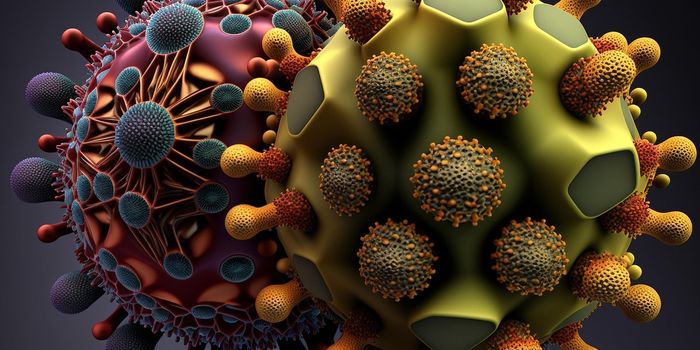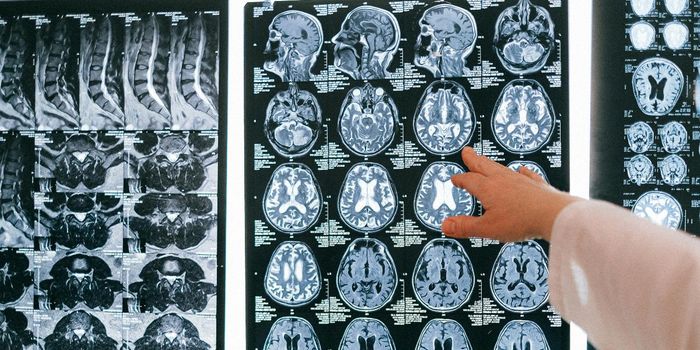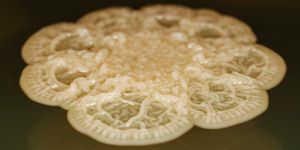Specialized Cells Protect Against Infection by Reducing Inflammation
Tuberculosis (TB) is an infectious disease that occurs in the lung, caused by bacteria. It is spread through the air and is preventable and even curable. However, it is still a serious illness that spreads easily. Many immunocompromised individuals can easily contract TB and many companies require TB tests as part of the new-hire onboarding process. Symptoms for TB include low fever, tiredness, cough, chest pain, chills, nights sweats, weight loss, and in extreme cases, coughing up blood. While TB is treatable with antibiotics, some bacteria are resistant to drugs. This occurs because the bacteria can change or mutate to resist standard antibiotics. Therefore, it is critical to learn more about the disease and how the immune system responds to TB.
The body’s immune system is activated when an invading pathogen is recognized. In an orchestrated process, different immune cells traffic to the site of infection to eliminate dysfunctional cells. There are two different types of immune system barriers that help protect the body from infection including the innate and adaptive immune responses. The innate immune system is the first response that initiates inflammation and swelling. Various innate immune cells such as neutrophils, eosinophils, and basophils flood the site of infection to contain the spread of infection. Acute inflammation is a crucial step in the healing process, and the result of the immune cells working to eliminate foreign pathogens. The adaptive immune response is the second protective barrier that is direct and specifically targets the infected cells based on their cell surface markers. The adaptive immune cells include T cells and B cells, which are task with eliminating infection and producing antibodies, respectively. The innate and adaptive immune responses protect the body from further infection in this two-step process.
A recent article in Immunity, by Dr. Joanne Flynn and others, demonstrated that a subset of T cells, known as CD4+ T cells initially suppress lung inflammation when infected with TB. This is contrary to previously knowledge in which it is thought the immune system initiates a response generating inflammation. Flynn is Distinguished Professor and Chair of the Microbiology & Molecular Genetics Department at the University of Pittsburgh. Her work focuses on TB, lung infections, granuloma, and the general immune response to infections.
Researchers found that the CD4+ T cells dampen lung inflammation to protect the lung from reinfection. This discovery aligns with previous work done supporting the idea that T cells control the spread of TB. Additionally, this new information can help develop more effective TB vaccines. Flynn and her team used animal models to study the protective immune system against TB. Specifically, they took animals exposed to TB in the past and reinfected them. As a result, the CD4+ T cells made the lung environment inhospitable for the infection and contained the bacteria.
The team used next general sequencing to analyze other subsets of T cells. They concluded that CD4+ T cells and another subset, known as CD8+ T cells, worked together to contain and then eliminate the disease. As CD4+ T cells restrict spread, the CD8+ T cells then generate an anti-inflammatory response to eliminate the bacteria. This work contradicts previous thoughts on how the immune system initially responds and indicates that in TB infections, the immune system dampens its response to contain the disease before generating a response to eliminate it. These findings provide valuable information that will improve TB vaccination and better inform physicians on how to treat patients.








